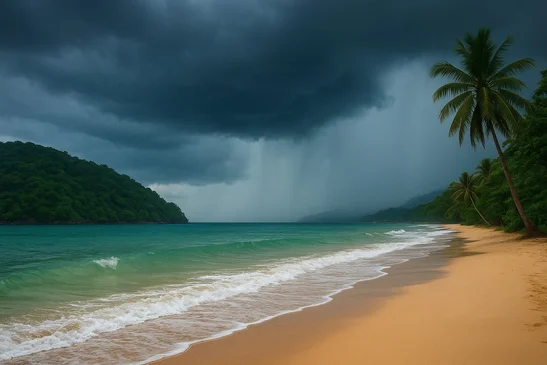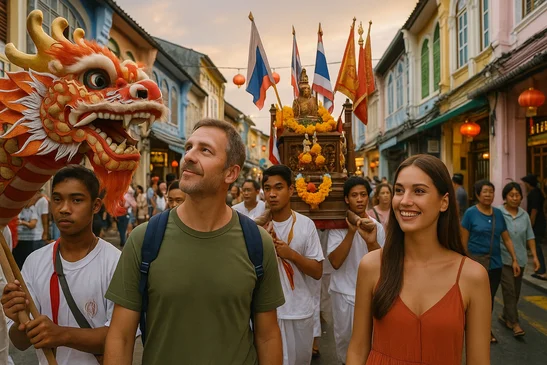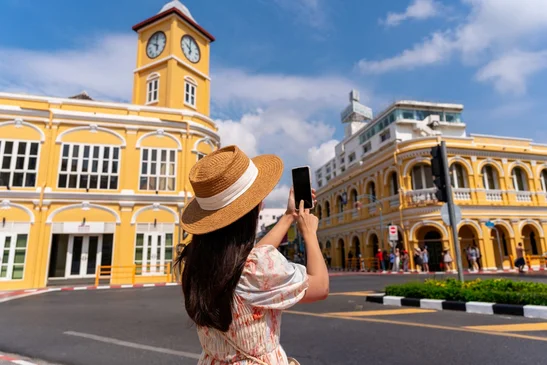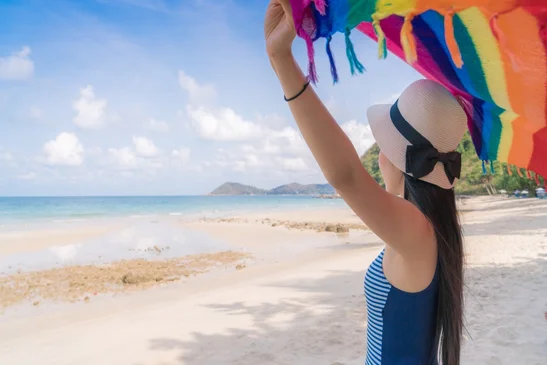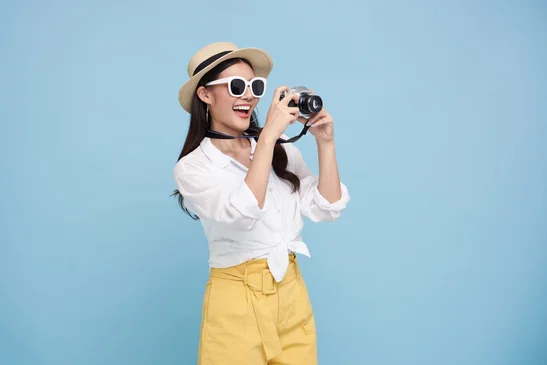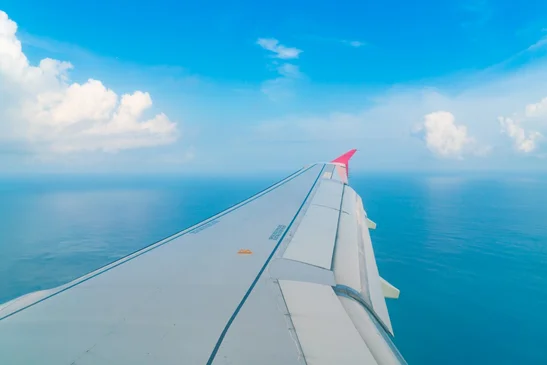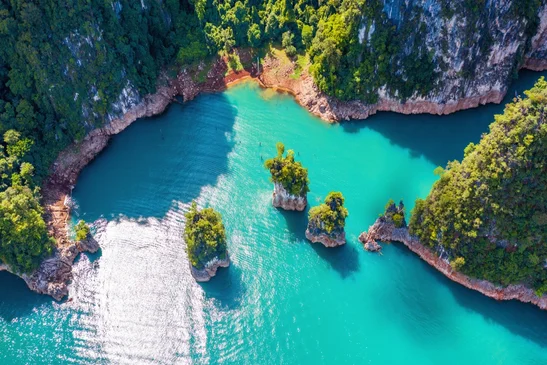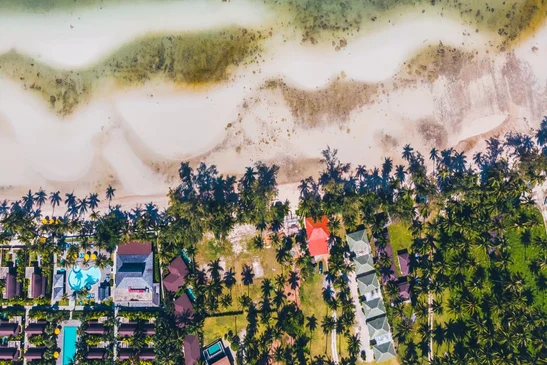Rumor has it that it gets hot in Phuket. This should come as no great surprise seeing as it is less than 900km from the equator. Fortunately, since Phuket is surrounded by water, has some small mountains that still have a little bit of forest remaining, and usually enjoys a breeze, we aren’t met with stifling heat too often. That being said, there are days, and especially certain times of day, where it can really get cooking.
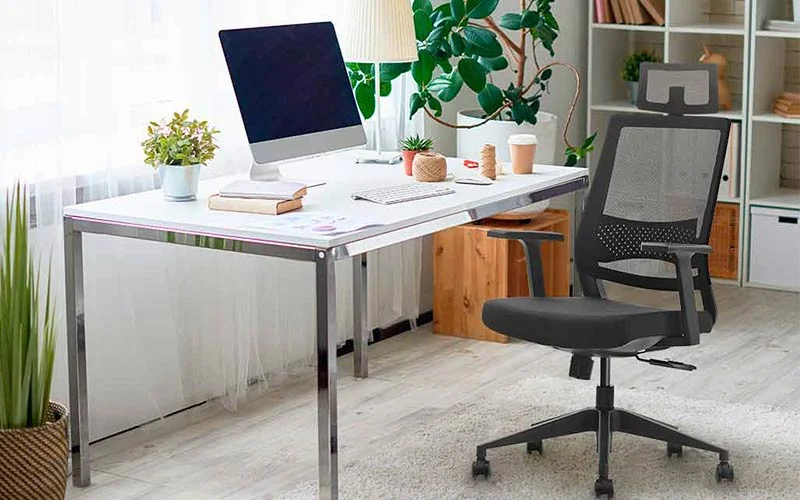
Chairs mesh for the backrest Cr: arteconfort.com
For those who have little experience living in the tropics, one thing you quickly learn is that shade is everything. Even on the hottest days, if you can find shade and a small breeze it is usually fairly tolerable. Of course, many people simply crank the air conditioning to 24C and consider the problem solved, however, if you plan on living here long-term it benefits you to adapt to the heat a bit. Most of the time for most people in Phuket, a shady spot with a nearby fan keeps things comfortable. If you work from home or sit at a desk often, consider the design of your office chair. There are chairs that use mesh for the backrest instead of foam which allows air to flow; it may seem like a small detail, but actually makes a huge difference.
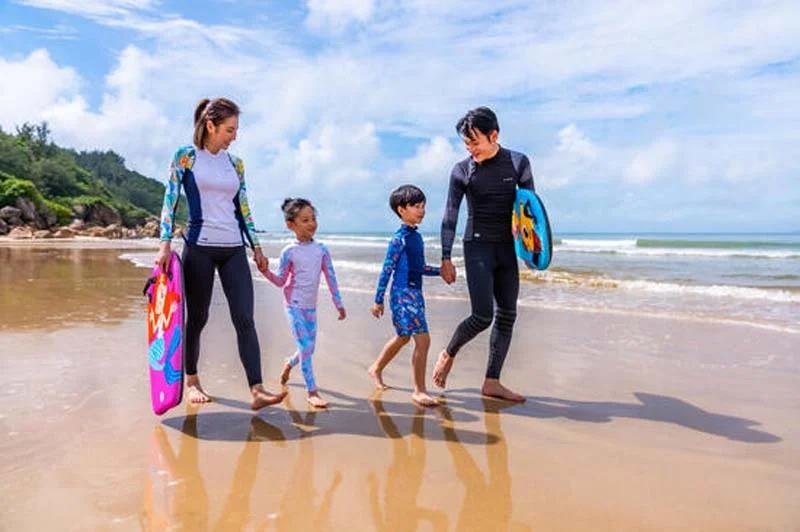
Rash guard Cr: www.decathlon.com.au
In reality though, we live on a beautiful tropical island with some of the loveliest beaches on the planet so hiding inside isn’t always an option. Depending on your skin type, you need to be mindful of how much sun exposure you subject your skin to every day. Those with fair skin can maybe only handle 5-10 minutes while those with darker skin can push it to 15-30 minutes. As mentioned before, shade is key and it doesn’t mean you have to hide under a tree. An umbrella gives you your own portable bit of shade, but most people simply cover up with a hat and long sleeves. While your normal everyday cotton, linen, or rayon clothing certainly helps and might prevent you from getting a sunburn, it oftentimes doesn’t block all of the harmful UV light that can damage your skin. The key is to look for clothing that has a UPF (ultraviolet protection fabric) rating. These are fabrics that are specially designed to block UVA and UVB sunlight. You can find them at general sporting goods shops, dive shops, and surf shops. Often they are tight-fitting “rash guard” type clothing for watersports, but you can sometimes find looser fitting garments for everyday use.
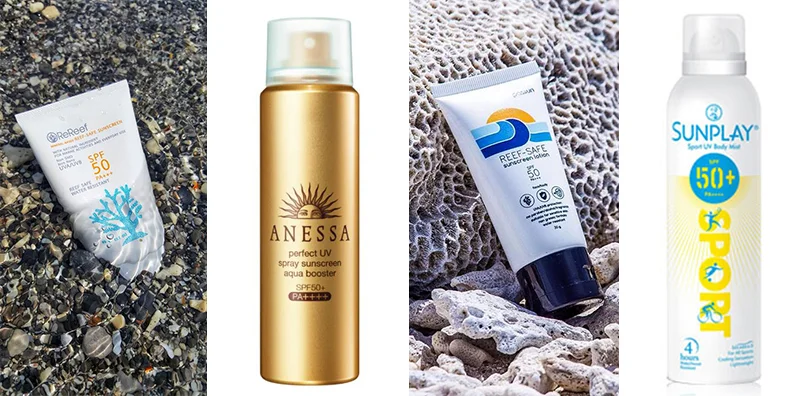
ครีมกันแดด Reef-safe Sunscreen - Cr: herstyleasia.com
Of course, we can’t discuss tropical sun and heat without talking about sunscreen. For many, especially avid watersports enthusiasts, sunscreen becomes an important consideration as it is an absolute necessity. While there are a million brands out there from cheap 7-11 stuff to fancy name-brand cosmetics, they certainly aren’t all created equal. Without going into too much detail (many dissertations have been written on this topic), all sunscreens fall into two categories: physical and chemical. Basically, there are only two physical UV blockers, zinc oxide and titanium dioxide, and when applied sit near the surface of the skin and reflect UV rays. There are many types of chemical UV blockers and they all function by soaking into the skin and absorbing UV rays. Which is better you ask? There is much debate. However, it might be wise to take a hint from the various places around the world, including Thai Marine Parks, where they have banned certain chemical sunscreen ingredients. In fact, if you are caught using sunscreen with any of these ingredients: oxybenzone, octinoxate, 4-methylbenzylidene camphor, or butylparaben in a Thai Marine Park, you can be fined up to 100,000 baht. In fact, zinc oxide has been shown to be the safest, most effective UV blocker so you might want to look for products that only use that.


